Leicas look nice. But then you look at the price and wonder, why Leicas are so expensive? Are they worth all of this money? Let’s look at the facts and see what makes Leica cameras so expensive.
Hi, I’m Sven the Leicaphile and since Reddotcamera.net is a website about Leica cameras and lenses, the price always comes up. Why Leicas are so expensive? Let’s answer this in a non partisan manner and look at arguments & Facts. Let’s start
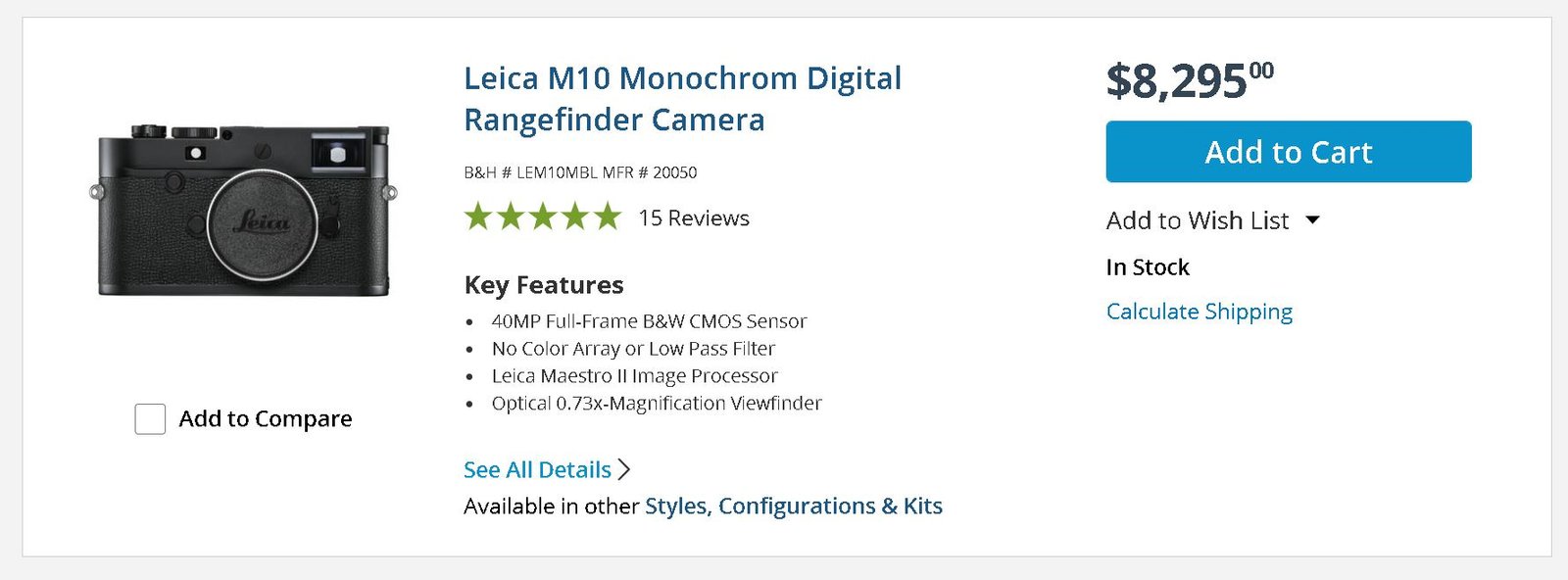
Why Leicas are so expensive
Leicas are expensive for a reason. While it is undoubtedly a luxury brand, the markup is not really due to the brand itself but the quality and craftsmanship that goes into the Leica cameras and lenses. Not all Leicas are expensive at all, the question usually has to do with the M line of cameras and lenses. Here’s a more detailed explanation on why these are particularly expensive, and then we will look at the other cameras:
1. Leicas are hand crafted

This is the single, biggest reason why Leicas are so expensive. Yes you have heard that right. Leica M cameras are not made by machines but by humans. Every single screw and motherboard has to be assembled by hand, by a human.
This in itself is time consuming and requires skill. That is the biggest reason what makes Leica worth all this money. It is the difference between buying a paperback book and getting a hand made one.
Each lens and camera is also checked individually that means there is no need to test anything as it has been done before leaving the factory. If you go to a flea market you would gladly pay premium for the bag that is handmade, because you know how much work went into it vs coming out a factory chain.
2. Only in one place in the world
Leicas for the most part are only made in one place: Germany. Unlike other companies like Nikon that has factories in Thailand, China and Japan, everything is centralized with Leica.
Only recently has Leica moved some production in Portugal and people feel strongly about the German quality that retailers will tell you if a lens was made in Portugal.
3. It is not mass produced

Henri Ford changed the world with mass production but for a century Leica has resisted mass production. Since everything is hand made, craftsmanship is a priority for Leica so unlike other camera companies they don’t have a conveyor belt with robots that churn out cameras. Leicas cameras and lenses are made in small batches because of this.
This is all about supply and demand, there’s just not a lot of Leicas in the world at any give time. The reason why we can all buy stuff like bags and clothes cheap is because they can be mass produced, hundreds of thousands can come out of a factory. Being hand crafted, there’s only a handful Leicas being produced per day vs the thousands that can come of the Nikon factory floor.
4. Camera Longevity
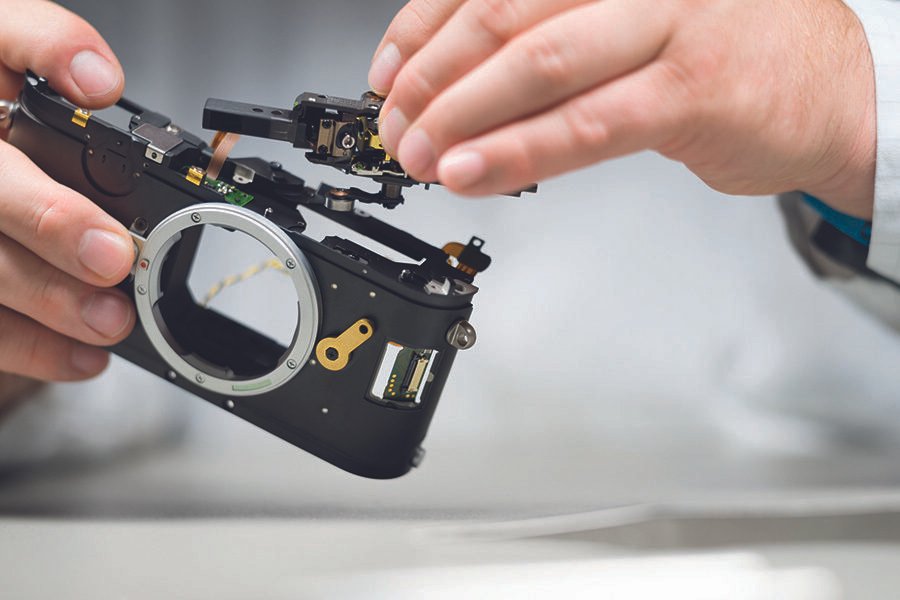
Another good reason why Leica cameras are expensive is the shelf life of each camera. If you compare the different models each camera manufacturer has, Leica has very few models! That is because with the high price they can cram in the best technology and craftsmanship that can comfortably last for years. For example the Leica M9 had a full frame sensor 4 years before the Sony A7 pointed it’s head. If you wanted a full frame sensor you had to go really big with a DSLR.
But that is not all, to this day people still shoot Leica film cameras, the Leica M8 and M9, even though they have been replaced by newer models. Even better, they hold their value way better than any other camera brands.
5. Lifetime lenses

While this has nothing to do with the why Leicas are so expensive per se, you can’t shoot without a lens. It’s not uncommon for photographers to hold on to their Leica lenses for decades and still shoot them. Why not? They are sharp as a knife, small and since they have no electrical components they last a long time. Some photographers still shoot with the same lens they did 30 years ago.
Modern lenses have a shorter shelf life, so when you think of a Leica lens lasting a life time, it makes the price much more attractive. It is the difference between cost and price. Sure Leicas have a higher price at first, but keep your lenses for a decade and you see that the cost was very little. I am sure you can remember one time where you purchased the cheap option, only to have it break down and regretting not having gone for the more durable option.
6. Durability
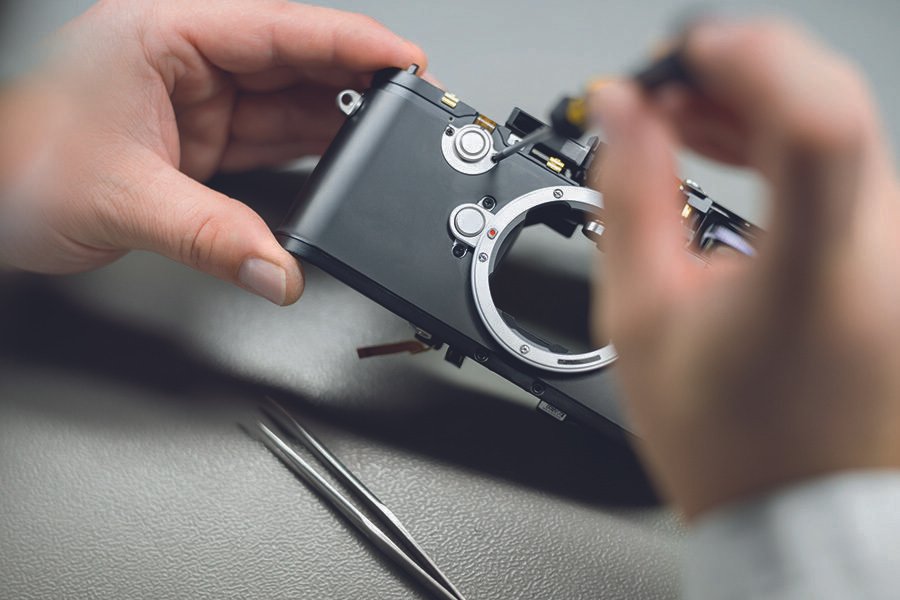
Both the Leica lenses and cameras are built like tanks. That is why many Leicas have been used by war photographers! Since the M lenses are all manual, no electronic or motor components are included they are purely mechanical items that are made with durable metal. I even have a friend who has Leica lenses he wants to pass on to his children!
While the modern Leica cameras do have electronic components, the all metal body structure protects the insides of the camera. Many modern cameras like the Olympus PEN F are made to look like metal but they are in truth built with a plastic-type material under that metal coat of paint. There is a reason why worker boots are made with metal to protect the toes!
7. Leica glow
Now we are entering subjective two VERY subjective arguments. The first is that Leica lenses and cameras are SO sharp they have a certain je-ne-sais-quoi to them. This has been dubbed the Leica glow.

While it is certainly NOT true that every single shot has this, for sure I’ve seen some photographs that has the fingerprint of a Leica body and lenses. The image just pops and it is hard to describe. Some people credit this to the fact that the lenses are so sharp, others credit it to the Bokeh (out of focus area) quality.
8. The last rangefinders
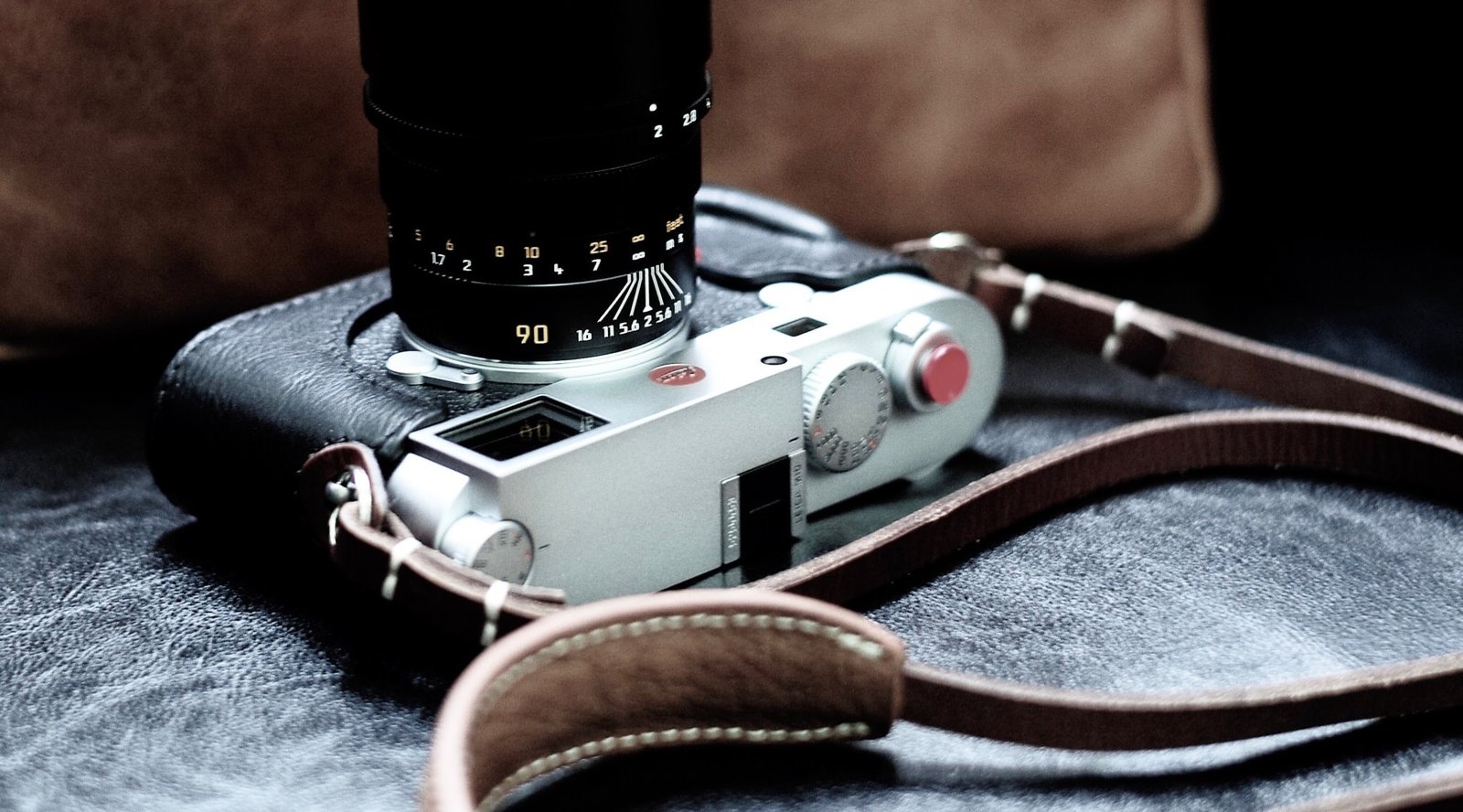
This is the last and final point for why Leicas are so expensive. Rangefinder focusing has been long abandoned by every single camera manufacturer for decades, except for Leica.
While there are digital rangefinders, if you want a comparable feeling you have to go in the film era with the Bessa cameras. The closest you can have to a Leica feel digital is the aged Epson RD1 that is not recommended because it is not being services anymore. And guess what these cameras take as lenses? You guessed it, M mount lenses.
Plus there SOMETHING about Leica cameras. They look and feel different in the hands. It might be the fact that these are made with metal and they feel substantial to hold, when you hold a Leica it makes you feel a certain way.

By now, you should have a good idea of why Leicas are so expensive. But this has to do with primarily M cameras, what about the others? Let’s look at them.
What about Partnership cameras?
In this “Why Leicas are so expensive” article we’ve only talked about the Leica M cameras, but what about partnership cameras like the Leica D-Lux 7? These are made in partnership with Panasonic and aren’t that expensive at all.
These are mass produced, and the longevity is not there because it’s mostly electronics. But one thing still holds true: They hold their value much better. Here’s a comparison of the price between the Leica D-lux 7 and the LX100 II

The Leica version holds the value much better even tough this is a partnership camera. Cameras are much like cars, they lose their value as soon as you drive out the parking lot, but the Leicas still sell for high prices, so even if you flip your Leica down the road, you’ll get more.
There is a premium of course, but it’s not that high and consider that if Leica wasn’t in it, there would be no camera like the LX100.
So while many see the Panasonic as the Original and Leica as the luxury, you can just as well see the Leica as the original and the Panasonic as the “Store-Generic” version, because again, if Leica didn’t put their secret sauce in there, these cameras wouldn’t exist.

Many Leicas aren’t actually THAT expensive
So far in this article about why Leicas are so expensive we’ve looked at the M cameras, the partnership cameras and now let’s look at the Leica compacts.
Starting with the X1, these are homebrewed Leica cameras made in Germany. So they are completely Leica cameras. Let’s look at the Leica CL and TL2.
Both are about $3000 and $2000 respectively. The closest thing you can get would be the Fuji Xpro 3 at about $2000…but that is NOT counting the Lens it comes with as both the CL & TL come with a 28mm lens.
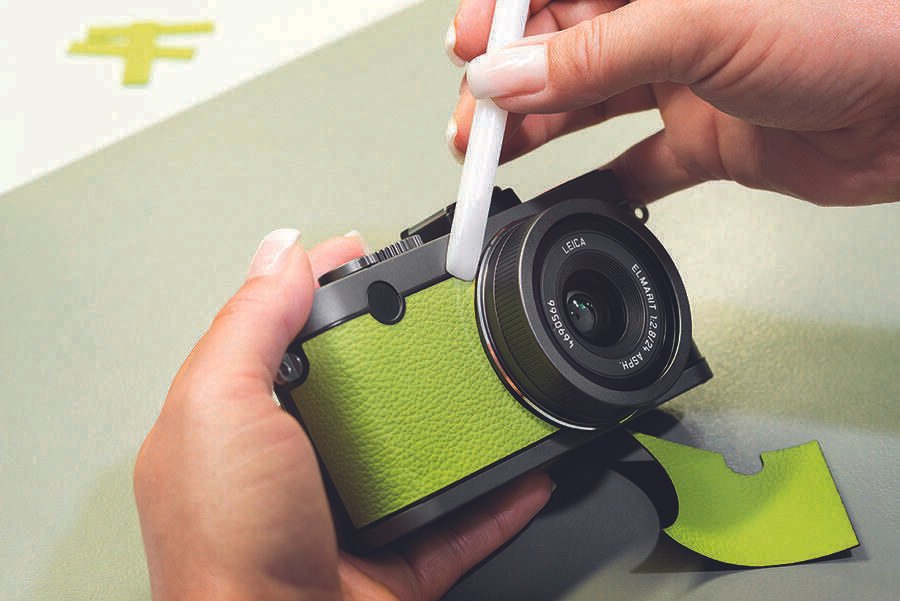
If you wanted a Fuji version of this then that would bring it up to the Xpro + 18mm lens- $2400. I ends up more expensive then the Leica TL2 and as for the Leica CL, it is not THAT much more expensive.
Are Leicas worth it?
These 8 reasons answer the question why Leica cameras so expensive. Both Leica’s mirrorless compacts and partnership cameras aren’t that pricey. The real question is, are Leica cameras worth it? To each his or her own but one or the other reasons behind the price is enough to answer that question.
Getting your Leica
If you like what Leica is doing as a brand, you will want to check out our articles here:
- Guide to Leica cameras
- Cant afford a Leica? 5 ways you can
- Best Leica cameras for beginners
- Best Leica cameras for under $2000
Conclusion
I hope you enjoyed this article with the reasons why Leicas are so expensive. Consider that these cameras and hand made with the highest possible quality and that they have a really long shelf life, Leicas end up being more than worth it as no other cameras can compare to one.
If you don’t want a Nikon, get a Canon, but Leicas have no direct alternatives, only similar cameras.